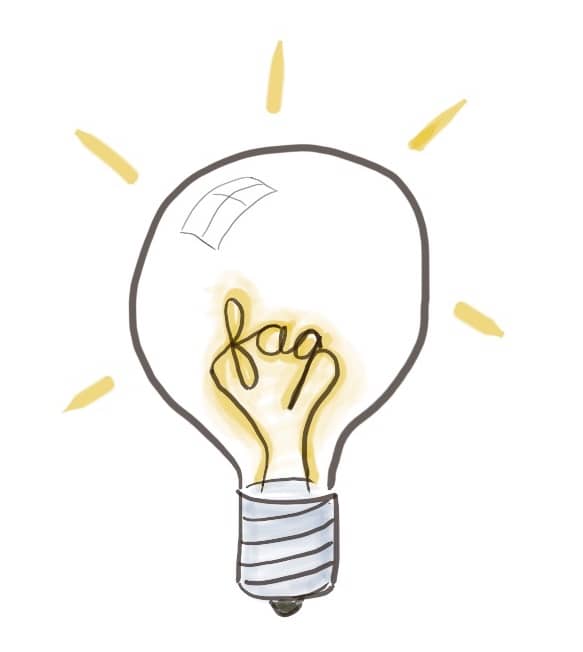Frequently asked questions about the 20 hours of Code Katas
In my previous posts, I explained how to use the 20 hours of Code Katas technique to learn new languages. If you did not read these yet, start by the beginning.

To close this series, here are a few tips and suggestions presented as questions and answers.
What if you don’t know TDD yet ?
The few Parisian guys who invented the Coding Dojo wanted to teach and spread TDD ! You should have no problem to use it to learn TDD yourself !
💡 The coding dojo was invented to teach and spread TDD
Pick your favorite language, and schedule a kata plan to practice TDD. Watch one or two videos to see how gurus are doing it. At first, you’ll have to be very careful to stick to baby steps and the red-green-refactor loop. If you need help, check meetup.com for local coding dojos where you’ll find help.
Can I apply this technique to learn something else than a new language ?
As you might have noticed, I used it to refresh my Javascript. I went on to learn different flavors of JS, but also different test libraries. I’ve used in to learn more advanced parts of other languages in the past.
Katas also work well to learn programming techniques like refactoring or DDD. Some nice people shared refactoring katas on the web. To practice DDD, we could repeat katas with the constraint of using Entities and Value Objects only.
You can even use the technique to learn other things like frameworks or tools, but you’ll need to tune it. As I explained before, you need an exercice for deliberate practice and a fast feedback loop. We typically use a Code Katas and TDD for that, but that’s not the only options. Whenever you can find a way to deliberately practice with a fast feedback loop, you’re ready to go ! These days, we should look for docker images with frameworks and tools pre-installed. Going through tutorials without looking at the solutions is deliberate practice. A small live environment can give us fast enough feedback.
💡 Find Deliberate Practice exercices and a fast feedback loop for efficient learning
What if I don’t find any kata ?
Build one yourself ! I’m not joking, building a kata, especially one where you start from scratch is not too difficult. Inspiration comes from anything you happen to do in your daily work. Trim down a programming challenge you had to work, and you might have a kata ! Went to a programming interview ? The question you had to answer might do a nice kata.

Once you’ve created and tested your kata, share it ! There are online kata repositories where you could get a chance to publish it.
One last thing
I just remembered I did not finish my story about my Javascript kata plan. For those wondering, here is the end of story. In the end I did not join this team to do Javascript coaching. After thinking through it for a while, I decided to stop the katas there, and move to something else. I was only 6 hours in, and what was the point to study Javascript not to use it straight away ? The day I’ll need it, I’m likely to have forgotten 80% of it and some of it will be outdated. The knowledge is only another 20 hours away anyway !
That’s what we could call “Just In Time Learning” ! We are drowning in knowledge nowadays. It’s better to have a fast and effective way to learn anything than trying to know everything.




Leave a comment